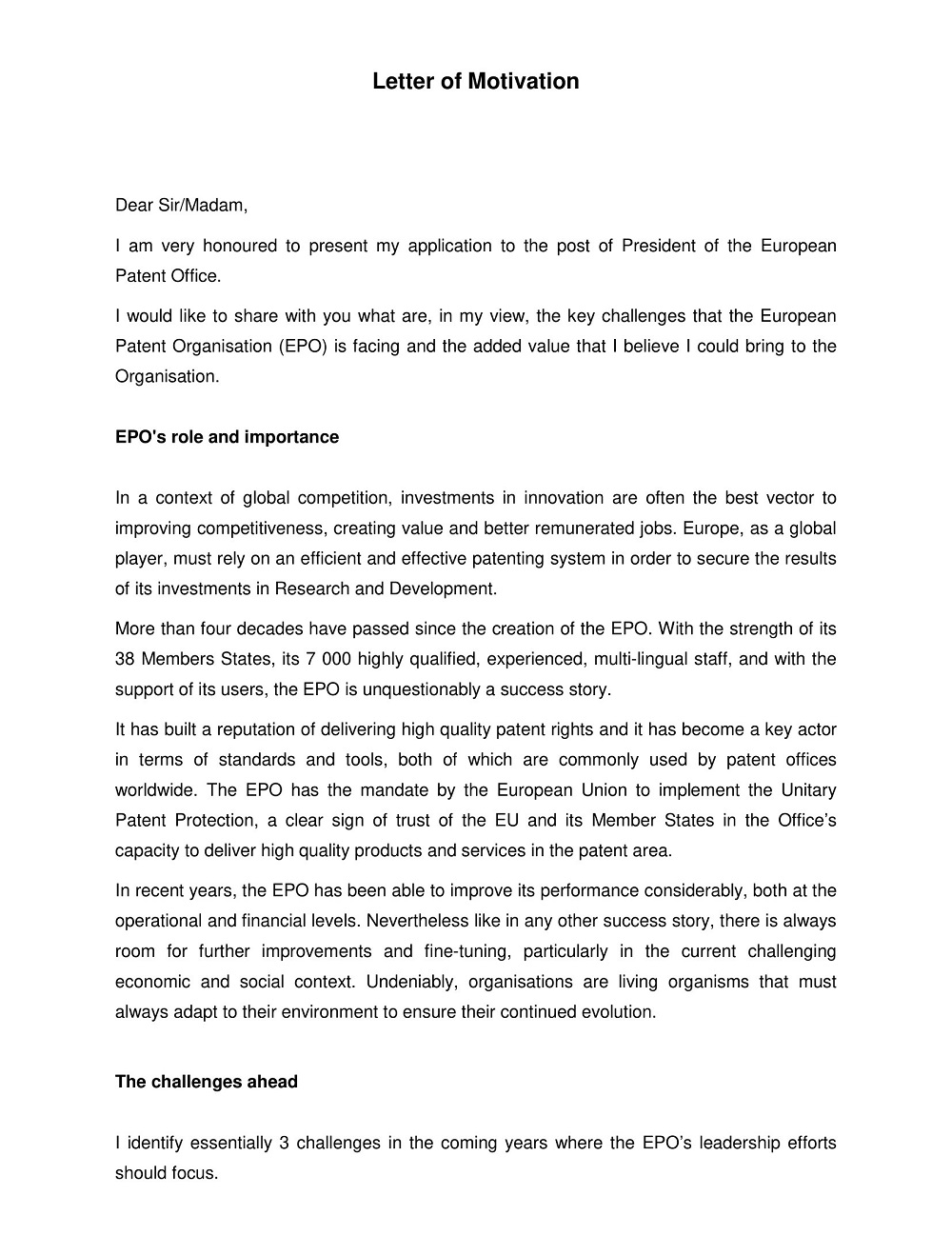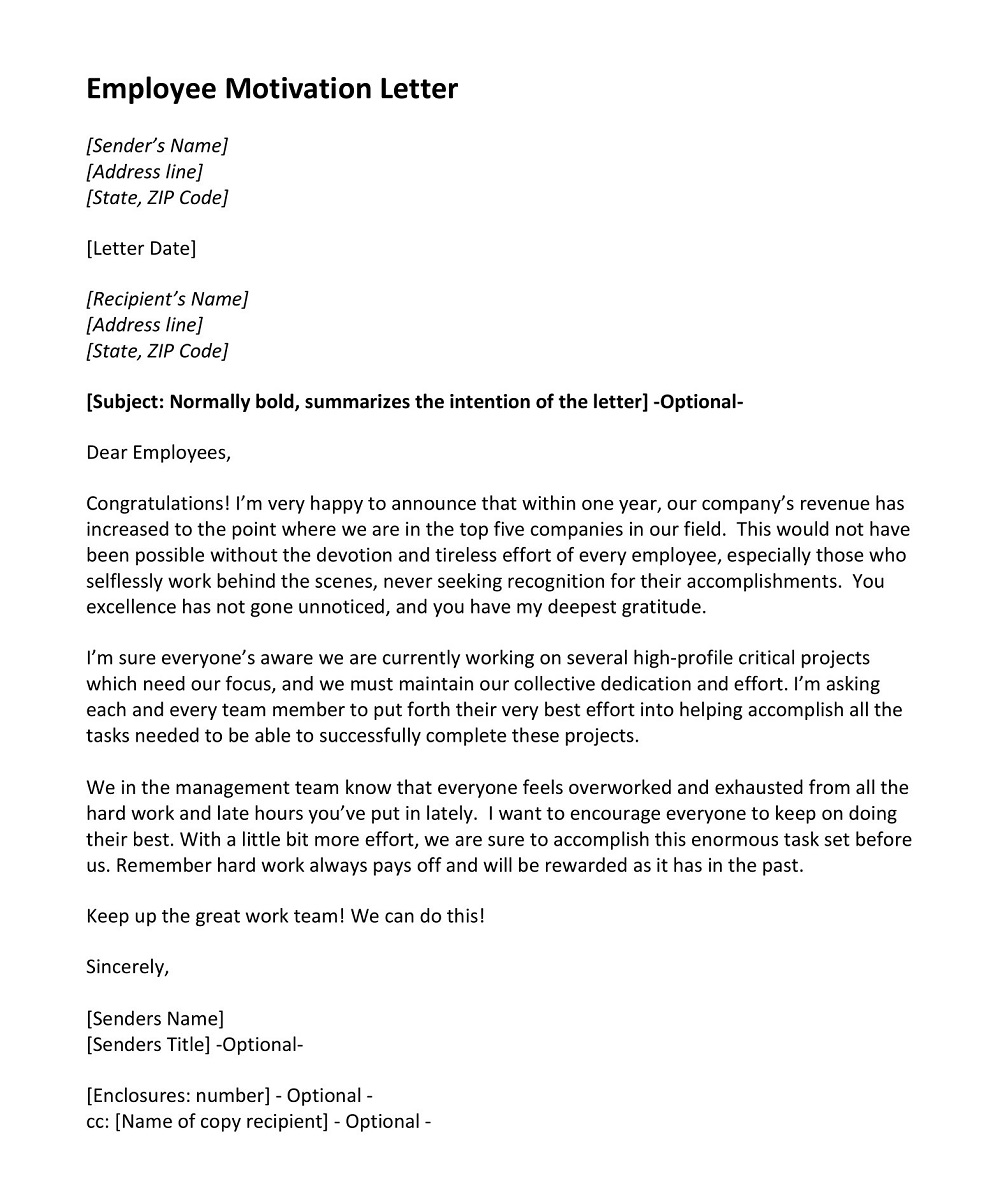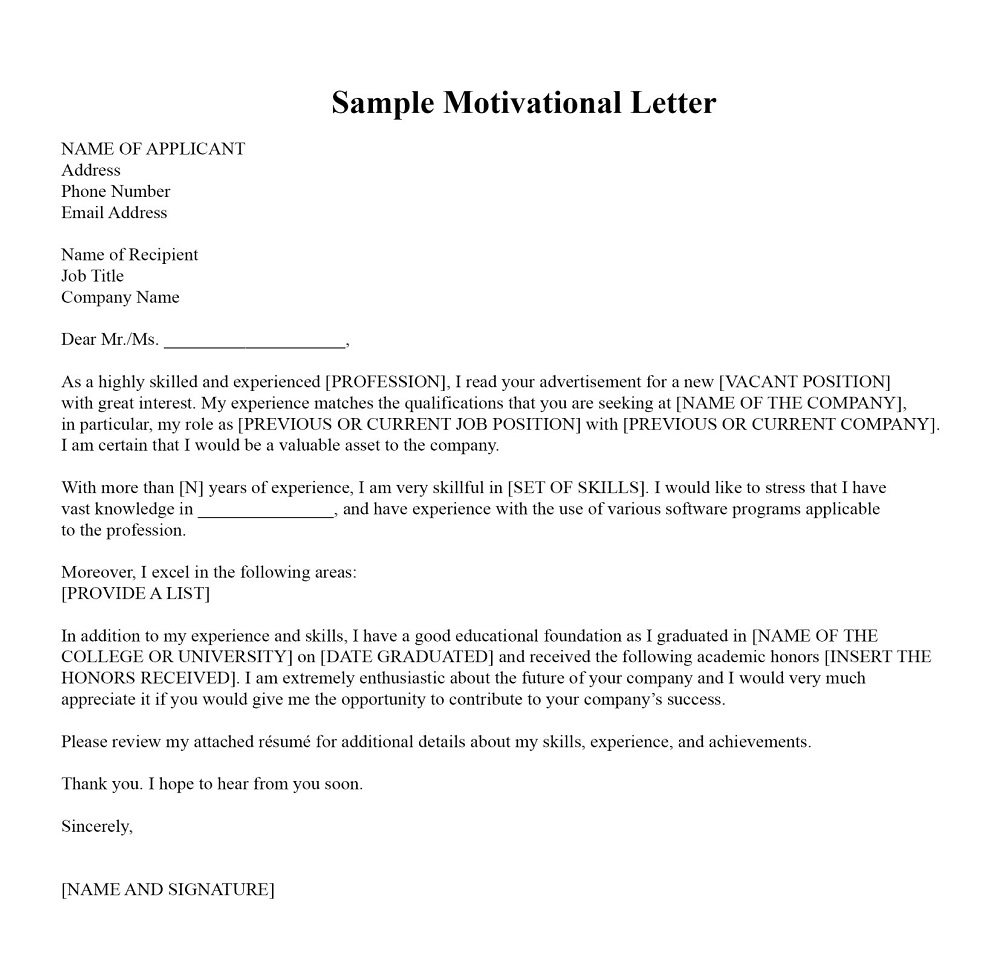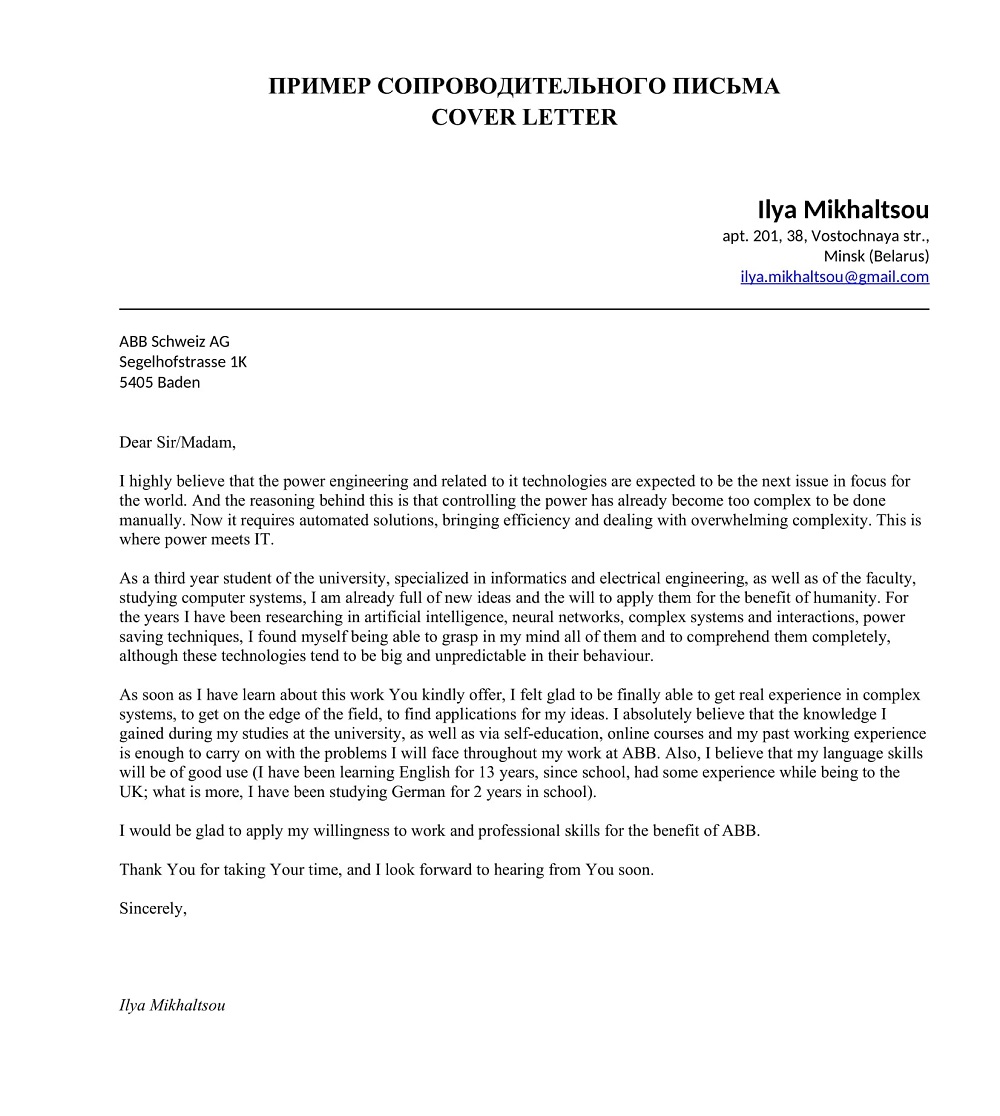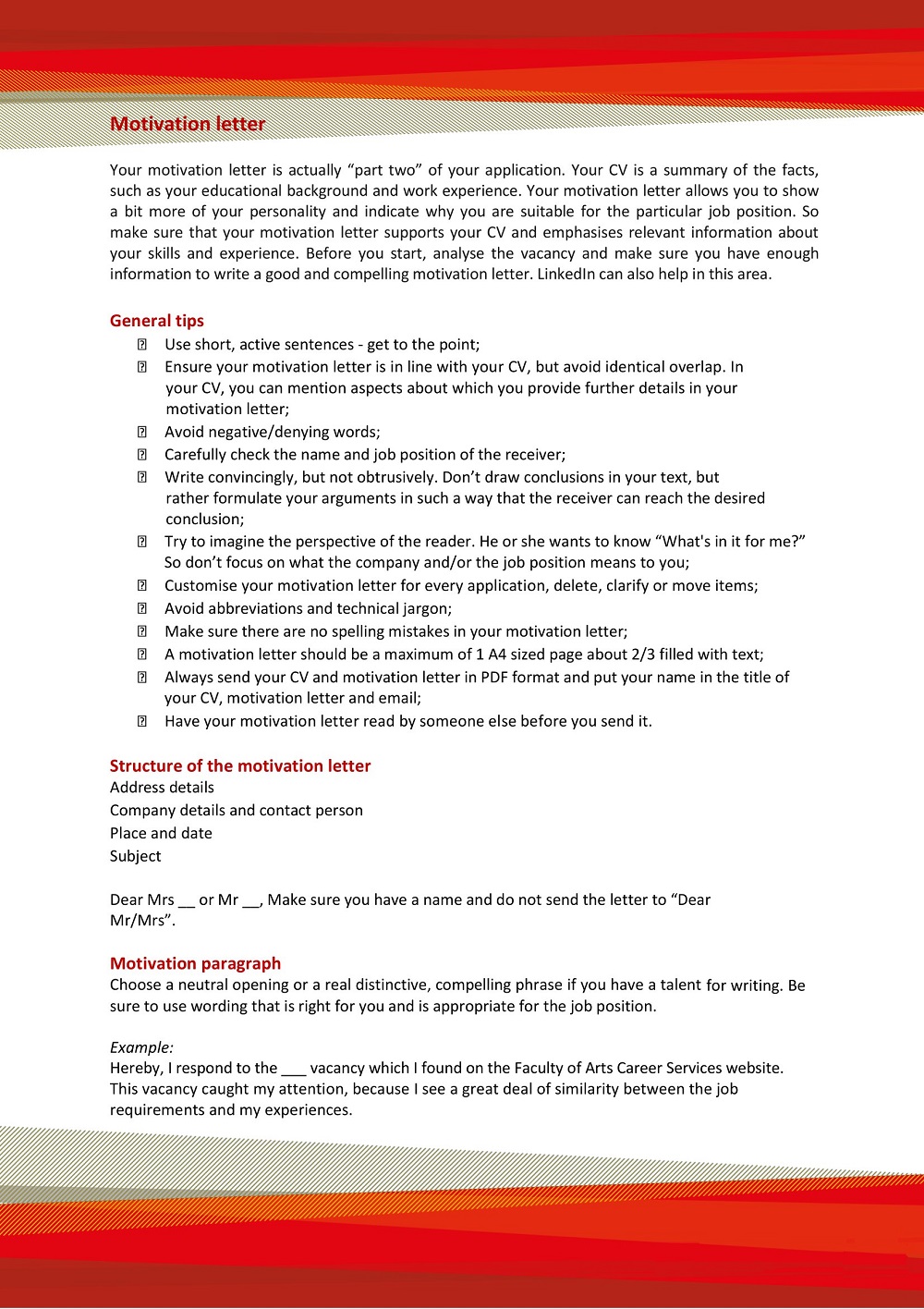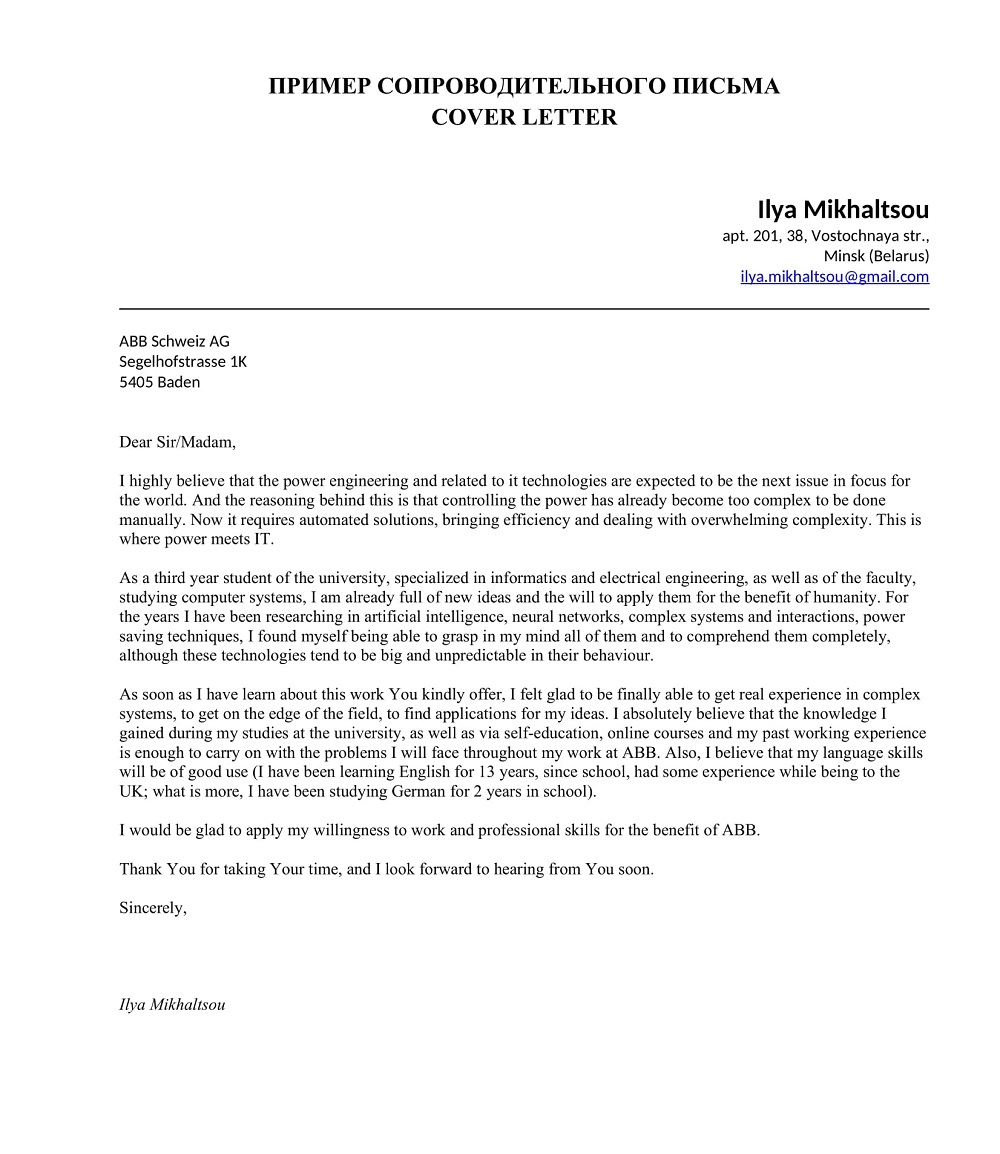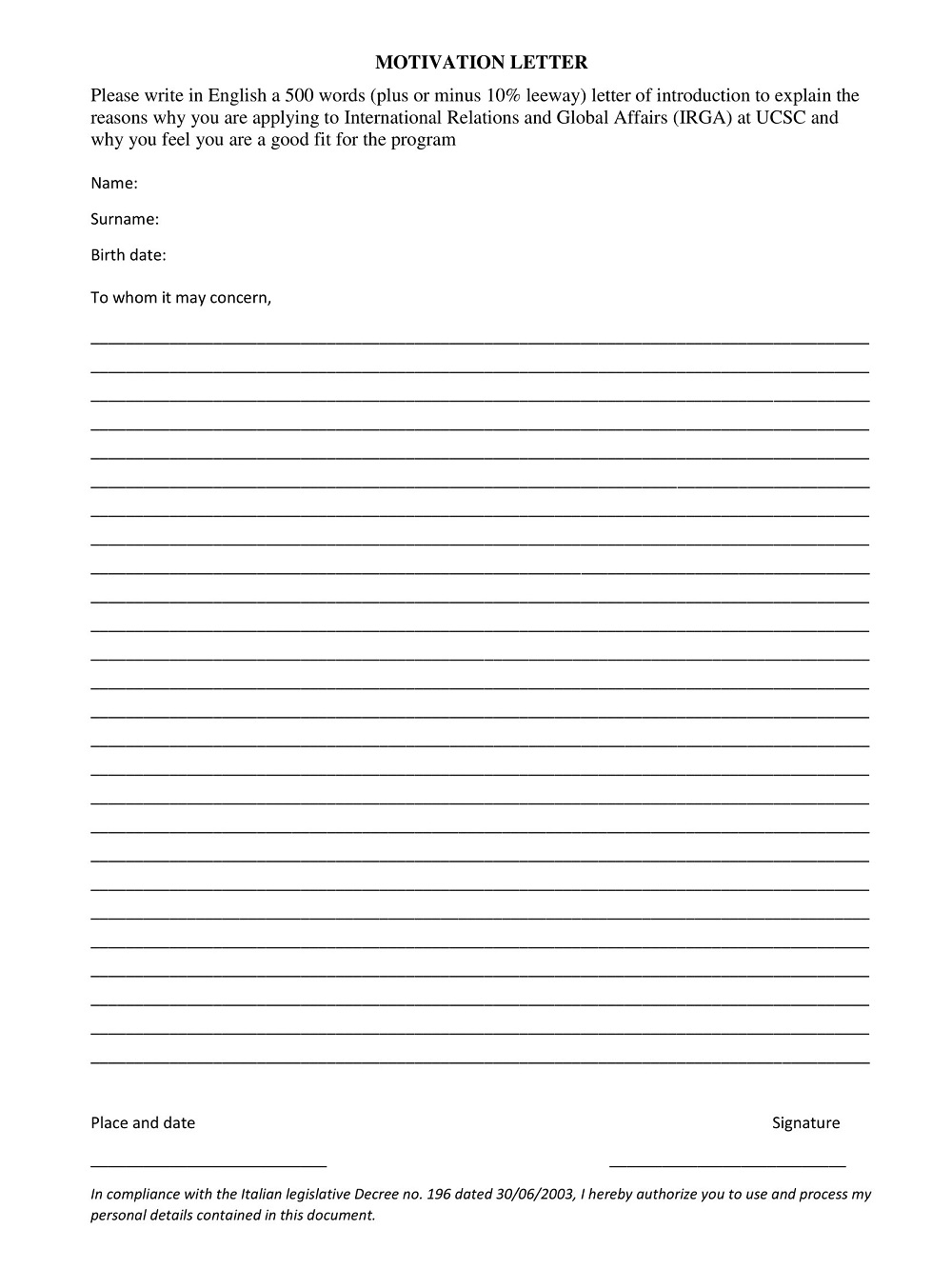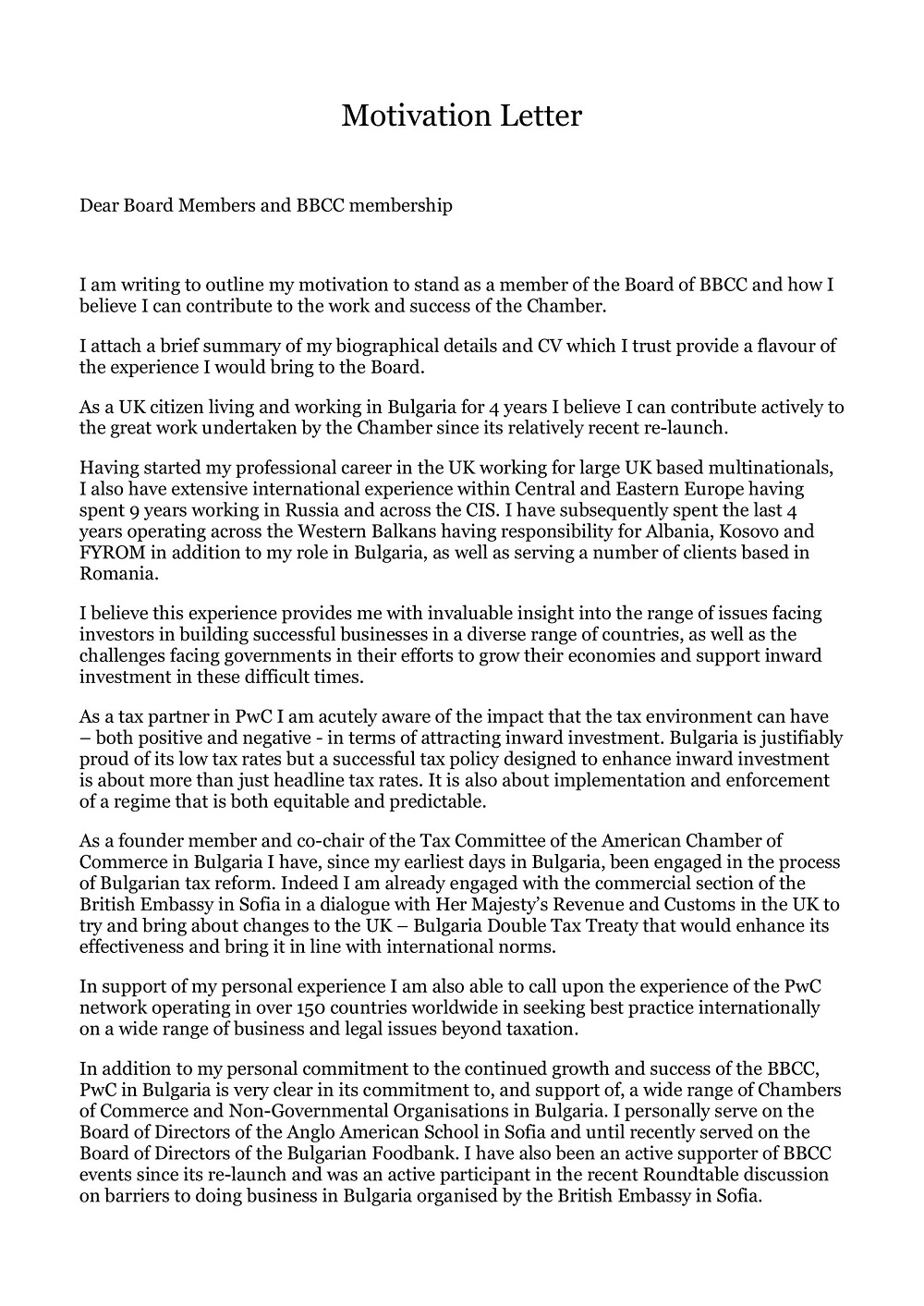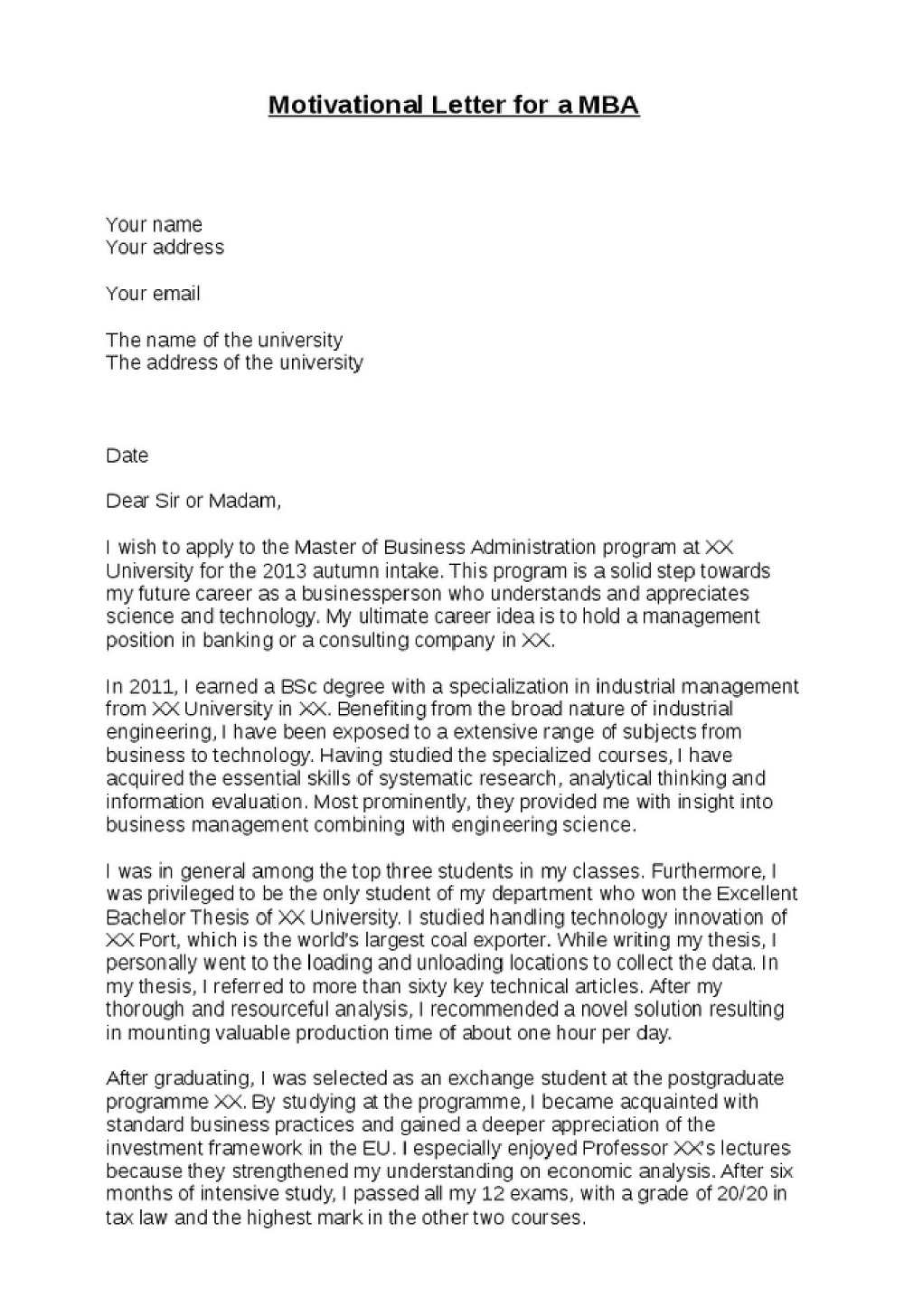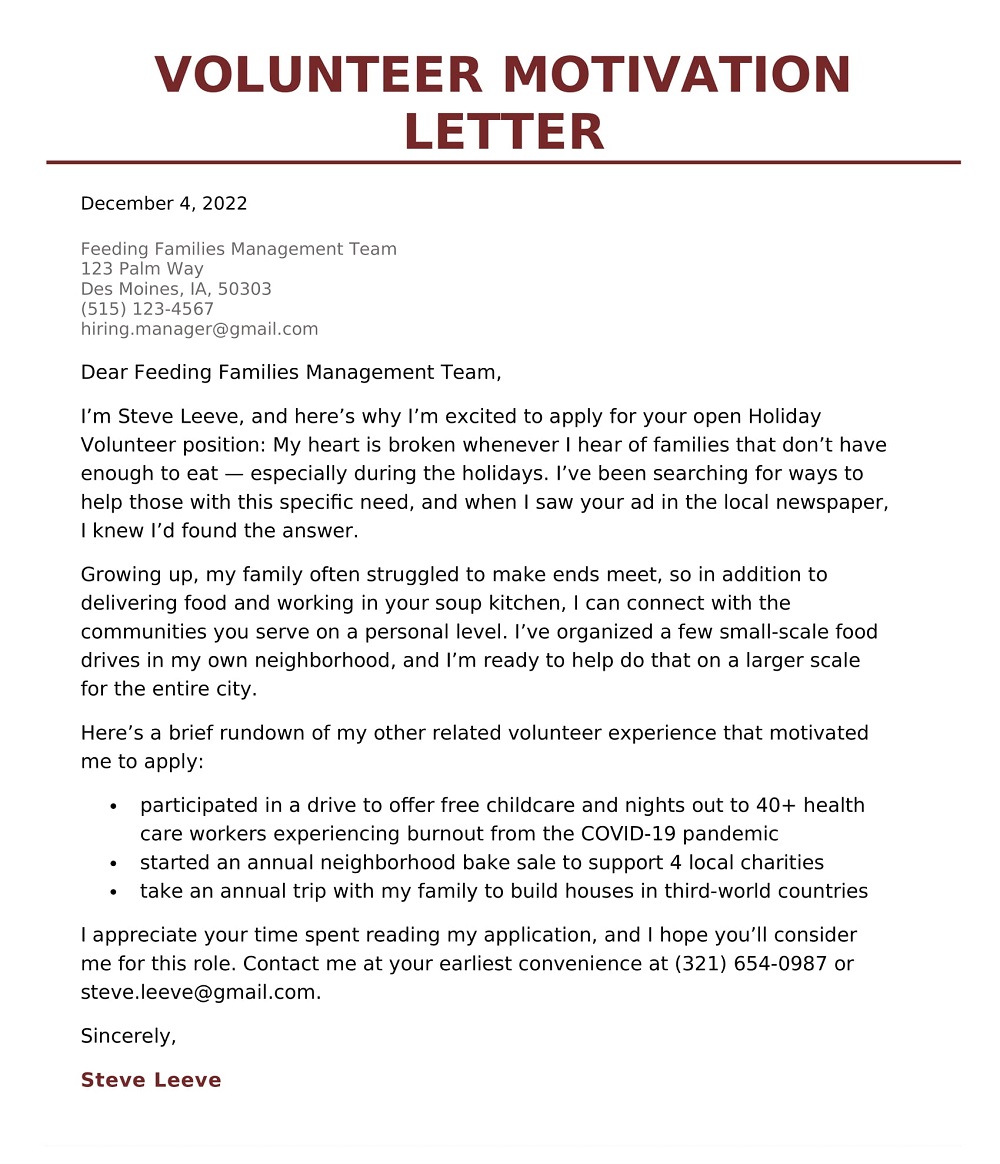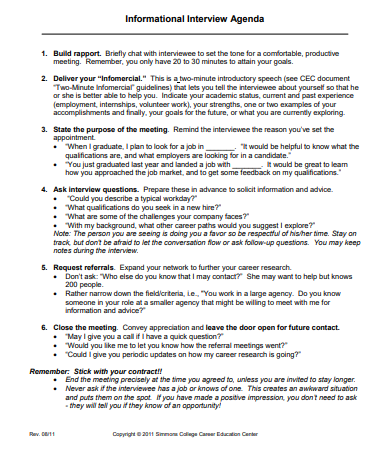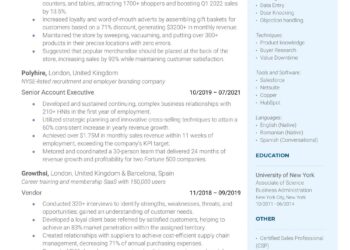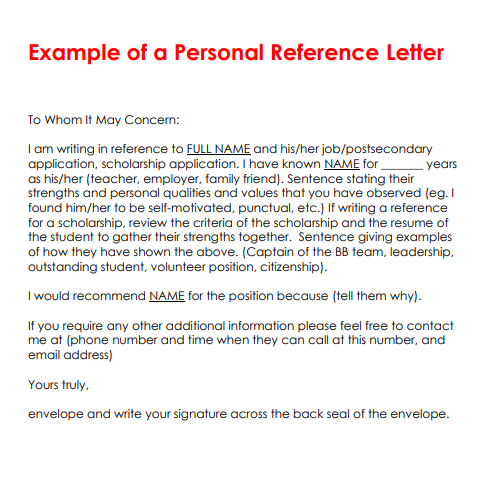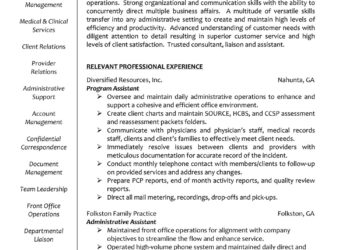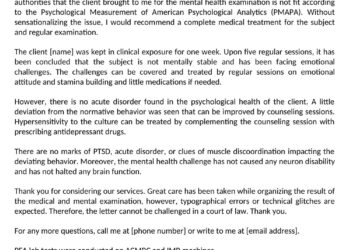A motivational letter, also known as a letter of motivation or a personal statement, is a document that is usually written when applying for a job, scholarship, internship, admission to a program in education, or any other opportunity where you need to convince the recipient why you. is the ideal candidate. It serves as a way to express your motivation, qualifications, and the reasons why you are interested in the position or opportunity. In this article, you’ll find a collection of free Simple Motivation Letter Templates and samples in PDF, Word, and Excel format to help you make your work effective.
Download Free Sample Motivation Letter Templates
Basic Organization Motivation Letter Resume Template
|
Employees Motivation Letter Template
|
Internship Motivation Letter Template
|
Job Application Motivation Letter Example
|
Medicine Work-Study Motivation Cover Letter Template
|
Motivation Letter Template PDF
|
Motivation Letter Template Word
|
Sample School Student Motivation Letter
|
Simple Motivation Letter Template
|
University Admission Statement Motivation Letter
|
University or College Entrance Motivation Letter
|
Volunteer Job Motivation Letter Template
|
Purpose of Motivational Letters
A motivational letter, often called a cover letter or a statement of purpose, serves several important purposes in a variety of contexts:
When applying for a job, a motivational letter accompanies your resume or CV. Its purpose is to introduce yourself, explain why you are interested in the position, and highlight your qualifications and skills that make you a suitable candidate for the job. This allows you to personalize your application and make a strong case for why you should be considered for the role. When applying to colleges or universities, a motivational letter is usually required as part of the application process. In this context, it allows you to explain your academic and personal motivations for pursuing a particular study program, show your passion and commitment, and show your relevant experiences and achievements. When applying for scholarships, a motivational letter is often necessary to explain why you deserve the scholarship and how it will help you achieve your academic goals or career.
This is an opportunity to convince the scholarship committee that you are a worthy recipient. If you are looking for an internship or a volunteer position, a motivational letter can help you express your interest in the opportunity, describe how it aligns with your career goals, and highlight what you can bring to the organization or project. In academia and research, a motivational letter can be part of a grant application or research proposal. It allows you to outline the importance of your research, your research goals, and why you are the right person to carry out the project. Sometimes, a motivational letter can be used to express your interest in working with someone or to request mentorship or guidance from a more experienced professional. In this case, it will help you make a compelling case for why the person should consider your request.
Elements of a Motivational Letter
A motivational letter often called a personal statement or statement of purpose, is a document in which you express your motivation and reasons for applying for a specific position, program, or opportunity. it’s typically used when applying for jobs, scholarships, internships, or educational programs. Here are some key elements of a motivational letter:
- Introduction: Begin by addressing the recipient, usually with a formal greeting. State the purpose of the letter and state the specific opportunity you are applying for.
- Personal Information: Provide a brief overview of your background, including your name, educational qualifications, relevant work experience, and any relevant personal details.
- Motivation: Explain why you are interested in the position or opportunity. Mention your passion, interests, and the reasons that motivated you to apply. Be specific about what attracted you to this particular opportunity.
- Qualifications and Skills: Highlight your relevant skills, qualifications, and experiences that make you a strong candidate. Use examples to illustrate your abilities and achievements.
- Future Goals: Discuss your career or academic goals and how this opportunity will help you achieve them. Explain how it fits into your long-term plans.
- Conclusion: Summarize your main points and restate your motivation for the opportunity. Express your gratitude for considering your application.
- Formal Closing: Use a formal closing, such as “Sincerely” or “Yours faithfully,” followed by your name and signature.
- Formatting and Length: Make sure your letter is well-organized, free of errors, and follows any specific formatting instructions given by the recipient. Typically, a motivational letter is about a page long.
Benefits of using Motivational Letter Templates
Using sample motivational letter templates can provide many benefits, especially if you are writing a motivational letter for a specific purpose such as a job application, college admission, or scholarship application. Here are some advantages of using these templates:
- Sample templates provide a structured format for your motivational letter. They usually include sections for the introduction, body, and conclusion, which help you organize your thoughts and information together.
- Templates are often designed with a professional appearance with appropriate fonts, spacing, and formatting. This will make your letter look more polished and impressive to the recipient.
- Creating a letter from scratch can be time-consuming. Using a template saves time because you can fill in the relevant details and customize it to your needs.
- Templates help ensure clarity and consistency in your correspondence. It often includes prompts or guides for each section, preventing you from forgetting important details or straying off topic.
- Sample templates often contain content, which can serve as inspiration or guidance for what to include in your letter. This is very helpful if you are not sure how to express your thoughts or achievements.
- Templates often use professional and persuasive language, helping you express your motivation and qualifications effectively.
- Templates can include tips or warnings about common mistakes to avoid, such as too generic language or too much self-promotion.
- While the templates provide a framework, you can still customize them to make your letter unique and tailored to your specific situation. You can add personal anecdotes or experiences to illustrate your letter.
- Using a template can boost your confidence in writing a motivational letter, especially if you are inexperienced in this type of writing. Knowing that you have a solid structure to work with can reduce anxiety.
How to use a Motivation Letter Template
Using motivation letter templates can be a helpful starting point if you need to write a motivation letter for various purposes such as job applications, scholarships, or university admissions. Here is a step-by-step guide on how to effectively use these templates:
- Read and Analyze the Template: Read the sample motivation letter carefully to understand its structure and content. Pay attention to the opening, body paragraphs, and closing, and see how the writer presents their qualifications, experiences, and motivations.
- Personalize the Template: Avoid using the as-is template, as it does not accurately reflect your unique qualifications and experiences. Customize the template to include your personal information, such as your name, contact details, and specific details related to your application. Tailor the content to match your qualifications, skills, and experiences relevant to the position or program you are applying for.
- Highlight Your Unique Qualities: Use the template as a guide to help you structure your cover letter, but be sure to emphasize what sets you apart from other applicants. Share your skills, accomplishments, and passion for the opportunity.
- Follow Formatting and Style: Keep the same formatting and style as the template, including fonts, margins, and spacing. Make sure your letter looks neat and professional.
- Proofreading and Editing: Proofread your motivation letter carefully for grammar, spelling, and punctuation errors. Edit the content so that it is clear, concise, and engaging.
- Keep a Positive Tone: Maintain a positive and enthusiastic tone throughout the letter. Express your genuine interest and enthusiasm for the opportunity.
How To Download Free Motivation Letter Templates As PDF Or Word Files
I can provide you with basic templates for a motivation letter that you can use as a starting point. However, please keep in mind that the letter should be personalized and tailored to your specific situation and the job or program you’re applying for.
To Download As A PDF
- Open a text editor such as Microsoft Word or Google Docs.
- Copy and paste the template into the text editor.
- Format and customize the letter to your liking.
- Save the documents.
- To convert it to PDF, many word processing programs have a “Save As PDF” option in the” File” menu. Select that option to save the documents as a PDF File.
To Download As A Word File
- Open a text editor such as Microsoft Word or Google Docs.
- Copy and paste the template into the text editor.
- Format and customize the letter to what you like.
- Save the documents with a .docx extension (for Microsoft Word) or in the appropriate format for your text editor.
Conclusion
In conclusion, motivational letter templates serve as valuable resources for individuals seeking to create persuasive and motivational letters for a variety of purposes. Whether you’re applying for a job, scholarship, admission to a university, or seeking sponsorship, these templates provide a structured framework and helpful content ideas to convey your motivation, qualifications, and effective goals. While using these templates as a starting point, it’s important to personalize your letter to reflect your unique experiences, aspirations, and the specific requirements of the opportunity you’re seeking.
Tailoring your motivational letter ensures that it stands out and is heard by the recipient. In addition, remember that a well-structured motivational letter should include a compelling introduction, a body that highlights your relevant qualifications and achievements, and a compelling conclusion that repeats your enthusiasm and expressing gratitude. Proofreading and editing are essential to ensure clarity, professionalism, and error-free communication.
Reference Link


